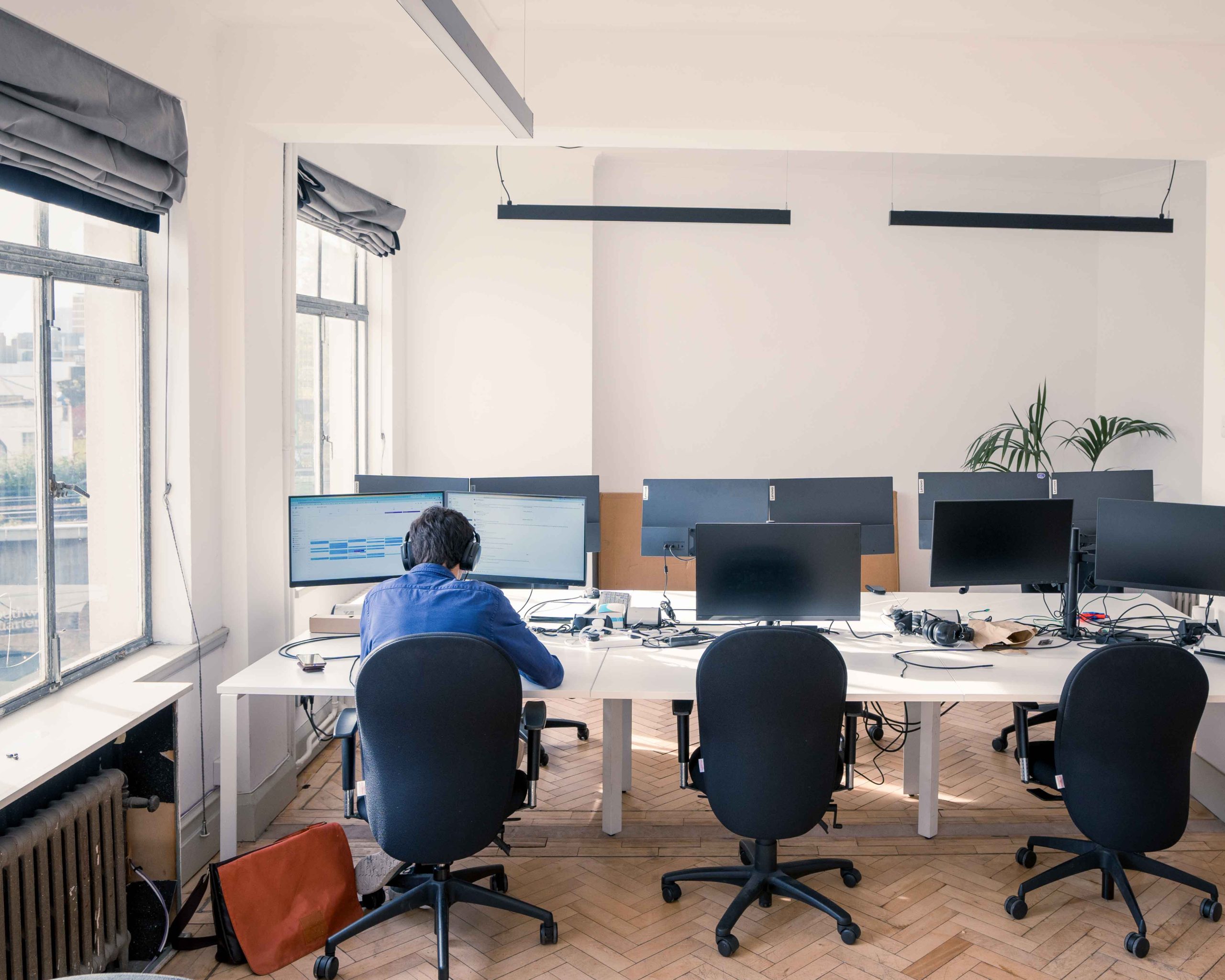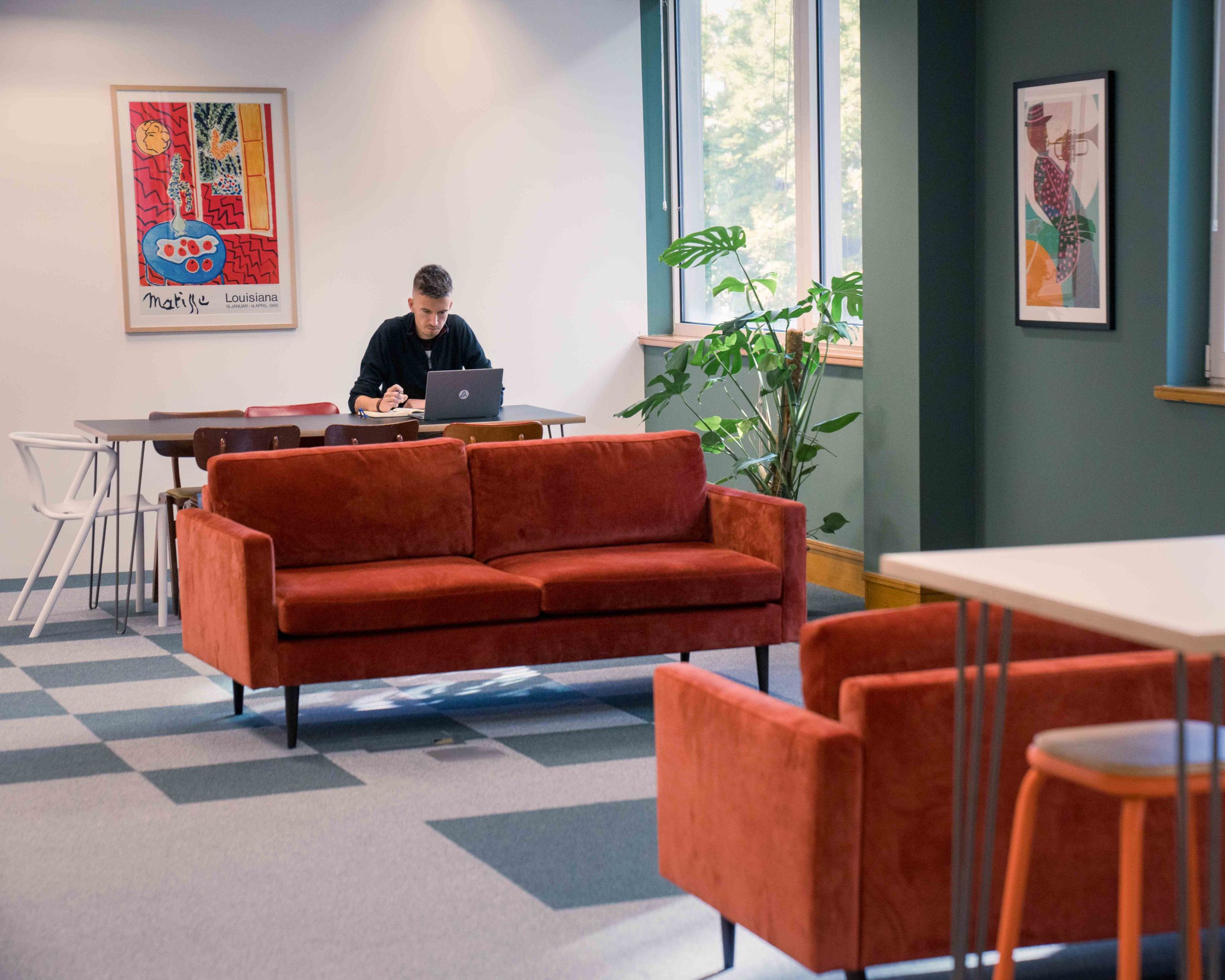HYBRID WORKING: OBSERVATIONS FROM A FLEXSPACE OPERATOR
Words by Charlie Gallienne-Schmidt
The working week, once a stagnant beast spanning 40 to 60 hours at the same desk on the same floor in the same building with the same people. Arrival and departure times set in stone, and for decades, it seemed that nobody would dare to change that. Bosses loved it, the board loved it, and shareholders loved it. But what about the rest of us? The workforce, perhaps unaware that things could be done differently or even scared to challenge their respective head honchos. As a flex space operator, Sandbox wasn’t complaining, of course, because people being forced into work meant full offices, and full offices meant decent demand, and ultimately, commercial success.
We then saw the Digital Nomads starting to emerge, either freelancing or somehow making their tea-cosy drop-shipping business work. These Nomads were the lucky ones that managed to break free from the status quo and recover their freedom, working from anywhere in the world (bandwidth-dependent), and it seemed from the outside to be the perfect setup. Our hot-desking memberships cater to them, and we see a fair number come through each of our workspaces in London on a daily basis. However, the digital nomad movement didn’t grow into what everyone thought it would. Why was that? Well, the large corporations and startups alike weren’t going to start letting everyone work from a beach in Bali. Well not yet anyway…
Then, 2019 happened, and that’s as much as we need to say here. What that brought was working from home in its totality. It proved to both workers and bosses that things could still get done even if you weren’t in the same room. It also provided itself with challenges, leaving people feeling isolated and stir-crazy. Not everyone had a beautiful conservatory to work from, nor an electric standing desk. Lots of people were actually desperate to get back to the office!


